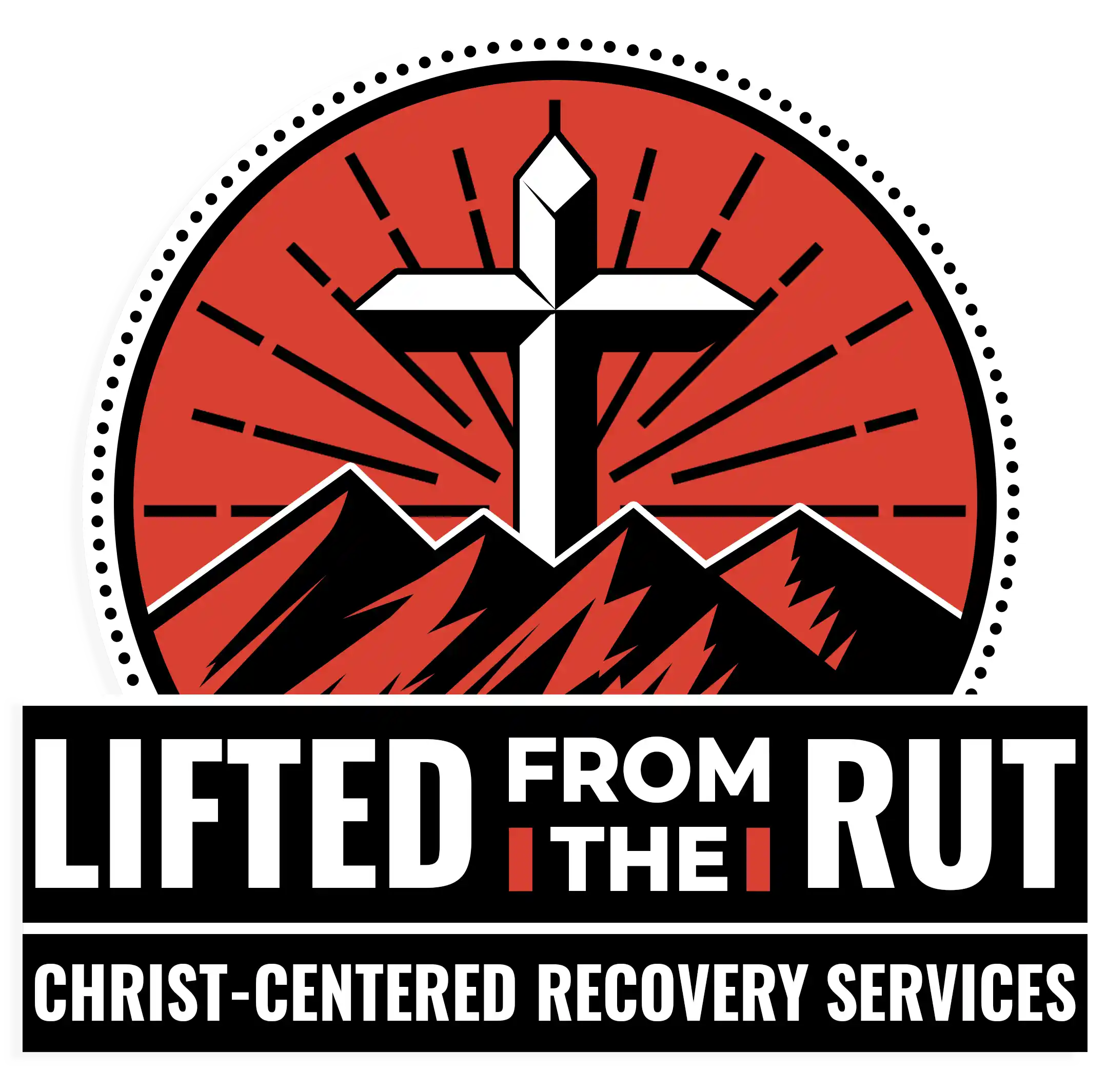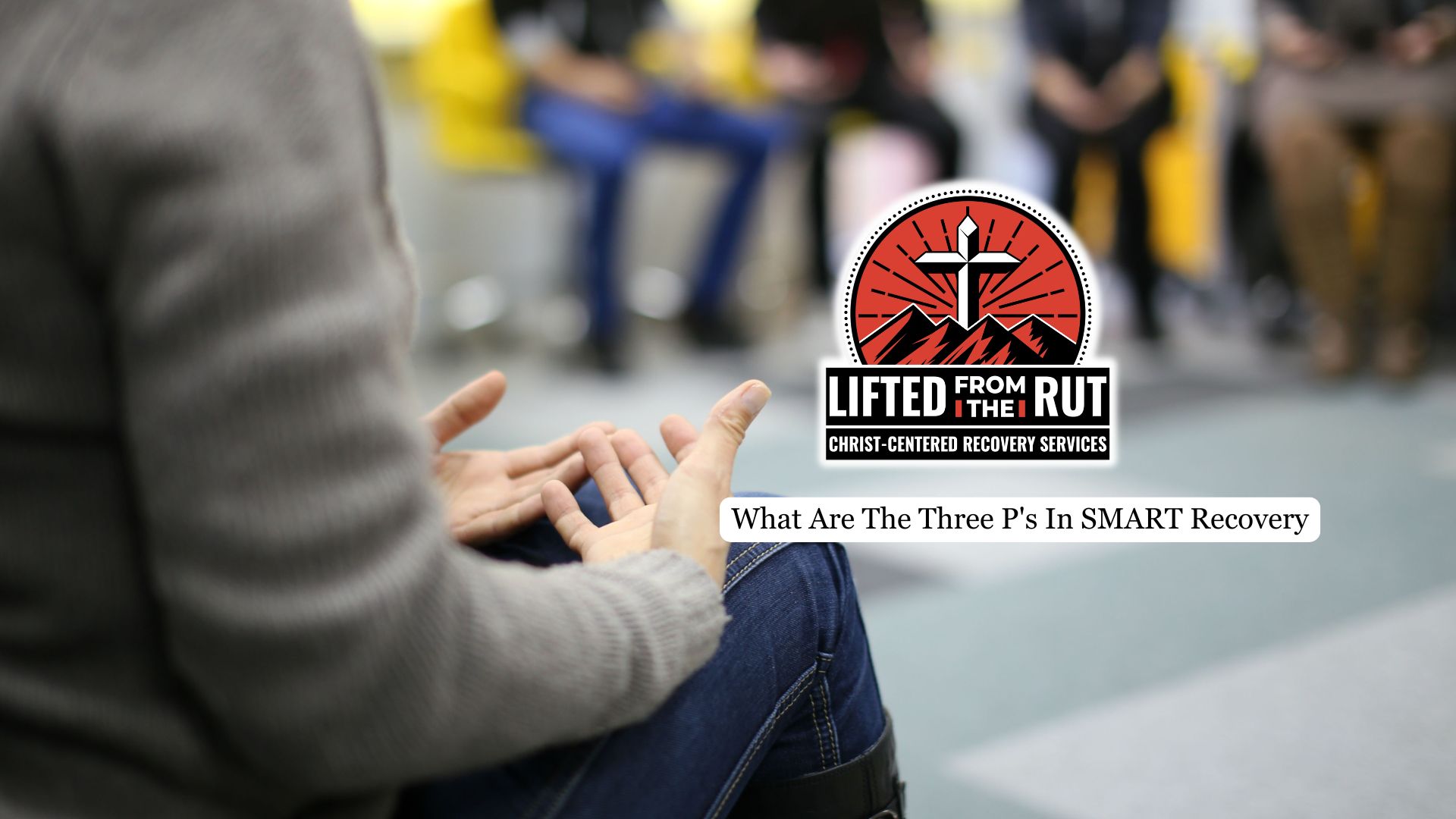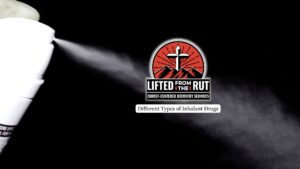Overcoming addiction is rarely a straight path. It calls for a combination of self-awareness, supportive community, and practical strategies to create lasting change. One of the most widely recognized approaches is SMART Recovery, a science-based program that emphasizes empowerment and evidence-based tools.
Within SMART Recovery, the “Three P’s” serve as guiding principles. They help individuals navigate the ups and downs of achieving sobriety, providing both a mindset and a strategy for long-term success. This article explores these concepts and shows how they work together to support lasting growth.
Patience: Accepting the Recovery Journey
Patience is about understanding that achieving sobriety is a gradual process. Many people begin treatment hoping for immediate relief from cravings or a quick resolution to struggles, but meaningful progress takes time. In SMART Recovery, patience helps individuals reframe the process as a journey of steady improvement rather than an overnight transformation.
Instead of measuring success against others, patience invites individuals to focus on their own milestones, whether that’s attending meetings regularly, reducing the intensity of cravings, or improving relationships. When setbacks happen, patience prevents self-criticism from taking over. It encourages learning from the experience and moving forward without falling into “all-or-nothing” thinking.
Each small victory, when acknowledged and celebrated, reinforces the belief that change is possible and worth continuing.
Practice: Turning Tools Into Habits
If patience sets the pace, practice provides the skills. Sobriety is not only about avoiding harmful behaviors, it’s also about building healthier ones to take their place. This approach emphasizes tools drawn from cognitive-behavioral therapy (CBT) and motivational interviewing, giving participants practical strategies they can rehearse and refine over time.
Through regular practice, individuals strengthen essential coping abilities such as:
- Urge management – applying strategies like “urge surfing” to ride out cravings.
- Problem-solving – finding constructive responses to everyday challenges.
- Emotional regulation – recognizing triggers, reducing stress, and choosing healthier outlets.
The more consistently these techniques are applied, the more automatic they become. For example, someone who practices deep breathing whenever they feel tension gradually builds this response into a natural habit, replacing impulsive or destructive choices.
For many, finding an outpatient rehab that integrates SMART Recovery tools with faith-based principles creates a supportive structure for growth. In this environment, meetings become more than just discussions. They provide space to role-play challenges, share experiences, and receive meaningful feedback, helping individuals transform coping strategies into everyday habits.
Persistence: Staying the Course
Persistence is what carries sobriety forward when motivation wavers or challenges arise. Even with patience and practice, setbacks may occur. Persistence means refusing to let those moments define the journey. Instead, it focuses on long-term goals, better health, stronger connections, and personal fulfillment, and uses them as motivation to keep moving forward.
In the SMART Recovery approach, persistence involves staying engaged even when progress feels slow. This might mean continuing to attend meetings after a relapse, revisiting coping strategies until they click, or recommitting to personal values when discouragement sets in.

Rather than perfection, persistence is about consistency. It helps individuals see getting back on track as a series of choices made day after day, where setbacks are temporary detours, not dead ends.
How the Three P’s Work Together
Although each principle has its own role, the Three P’s are most powerful when used together. Patience helps manage expectations, practice builds reliable skills, and persistence keeps momentum through challenges. Together, they create a balanced framework for overcoming substance abuse.
For example, when cravings arise, patience reminds someone that the feeling will pass, practice equips them with tools like urge surfing, and persistence motivates them to keep applying these tools even if the craving returns tomorrow.
The interplay of the Three P’s strengthens self-efficacy and confidence, reinforcing steady progress over time.
Practical Ways to Apply the Three P’s
The Three P’s are most effective when applied to everyday life. SMART Recovery offers resources to put them into action, such as:
- Setting realistic goals – breaking larger objectives into smaller steps, like attending a set number of meetings each week.
- Using SMART tools – applying exercises like the ABC model to shift unhelpful thought patterns.
- Tracking progress – journaling or using an app to reflect on improvements and setbacks.
- Engaging in peer support – learning from and practicing alongside others at meetings.
- Preparing for setbacks – developing a relapse prevention plan to stay persistent even when challenges arise.
Final Thoughts from LFTR Christ-Centered Rehab Services
The Three P’s remind us that recovery is about steady growth, skill-building, and commitment over time. Patience allows individuals to accept breaking free from substance use as a journey rather than a race. Practice turns evidence-based strategies into habits that support daily life. Persistence provides the determination to keep going, even when the road is difficult.
At LFTR Christ-Centered Rehab Services, we share this commitment to sustainable, meaningful change. Our faith-based outpatient programs in Colorado combine Christian values with proven therapeutic practices, helping clients strengthen both their spiritual foundation and practical coping skills. Just as the Three P’s encourage ongoing progress, our team walks alongside each individual with compassion and guidance, equipping them for lasting transformation.





